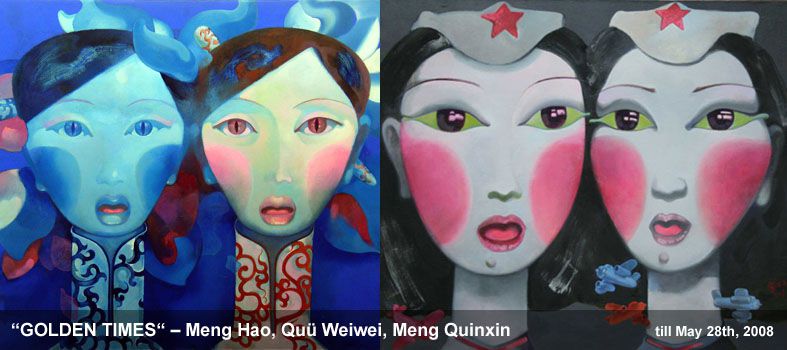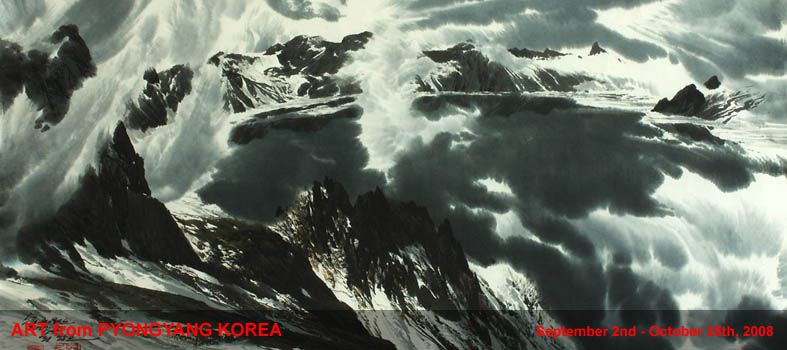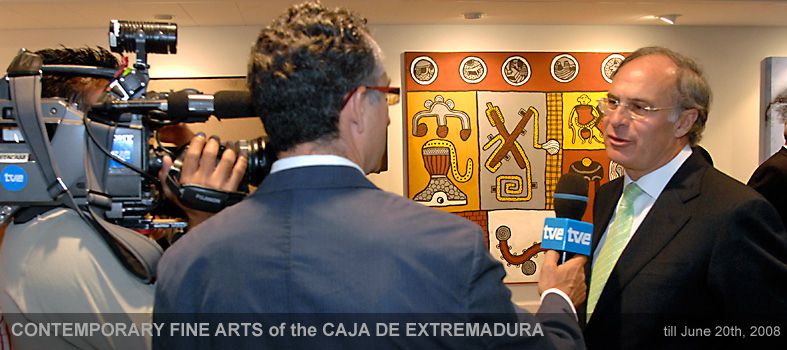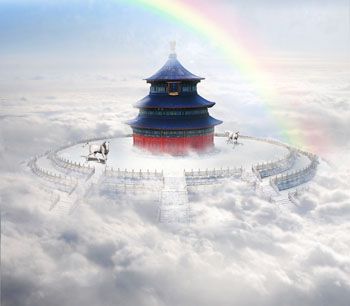
Sleepwalker - Temple of Heaven
C-Print, 2007, 103x90cm / 80x70cm
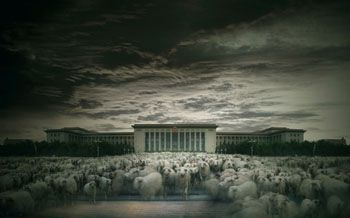
Sleepwalker - Great Hall of the People
C-Print, 2007, 145x90cm / 112x70cm
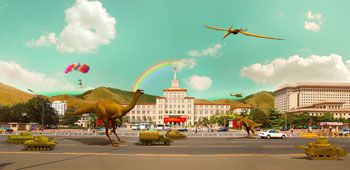
Sleepwalker - The Military Museum
C-Print, 2007, 185x90cm / 144x70cm
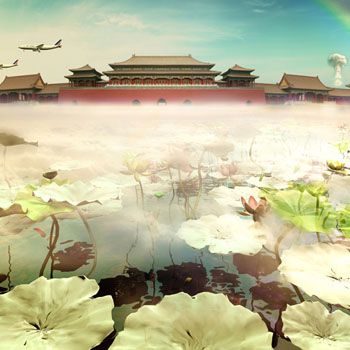
Sleepwalker - The Forbidden City
C-Print, 2007, 129x90cm / 100x70cm

Sleepwalker - The Musical
C-Print, 2007, 99x90cm / 77x70cm
LIU REN - Photography
The Return Of The Beautiful Shards
till October 20th, 2008
Asian Photography has conquered a solid position within contemporary art. The young female artist Liu Ren (*1980) from QinHuangdao (China) is part of this new Asian generation of photographers which has grown up with the possibilities of digital techniques and their use for new aesthetics. Not few are the critics who name her among the best.
For this student of the Central Institute of Fine Arts the photography is an immanent part of her life, a space where fiction and reality meet. The artist works with multicultural and international expression, she creates worlds (of pictures) which cross time and space. She orchestrates a nowhere which is radically reflecting the problems of modern ongoing life.
One photo from the "Sleepwalker" series shows a flock of sheep in front of a public building, a scene which remembers the western viewer of Buñuel's surrealistic classic "The Exterminating Angel", where a group of sheep rushes through the church. A building of political power with the naïve and fearless sheep in front of it is used by Liu Ren and the sheep are indeed fearless, like a sleepwalker. Or have a look at the photo of a prospering city, wonderful, but at the background explodes casually a nuclear weapon. Or look at the happy girl within an overloaded, obscene, colourful world which is actually a stage and therefore not real.
Liu Rens post-modern montages show us a nearly naive happiness of colour and of the exotic and of the new. Modern worlds come to life and vanish with such an incredible speed, nobody can feel at home at them. Some contemporary philosophers think they can actually feel the "vanishing of reality" within these speedy processes.
The artist shows us aesthetic dreams of mankind which are also a "sleep" without responsibility in face of apocalyptic danger. At Liu Ren's virtual spaces between realism and surrealism exists a longing for abundance, this is why life is "a hunt from morning till midnight, a space full of dream between greed and finish."?(Rudolf Kurtz, 1926)
Beyond this diagnosis of time the pictures have a wide and personal level. The artist does not denounce her dreams, even in face of the several violations. Finally all the artificial paradises with their apocalyptic signs show something broken and something which can never be regained within her life. She says: "Love is a beautiful crystal puppet I took carefully at the beginning of time. I cared very much but it broke and the floor is now covered with fascinating shards. With care I pick them up, piece by piece, and hide them to forget what has happened. And today, when I touch a glass of water or hear a stupid bird in the sky or follow the daydreams in my class, suddenly they break and the past touches me and makes me helpless." The lost ability to love is covered by the modern world of simulations, but the apocalyptical signs refer to the suppressed and threaten with its return. Only surfing on the wave of radical changes can face this threat. This is why Liu Ren is so happy to live in China. The country is under the signs of radical and fast changes like they happen seldom in history. With such a dynamic change all structures and explanatory models fade. It can be compared with channel-switching at the TV. Not one program remains in your head but a flood of impressions, unsorted. This flood of impressions is made into new esthetical visions and is therefore the motor of Liu Ren's works Dream and flight, reflection and oblivion made one.
Text: Harald Harzheim
Curator: Treisuda Konggann
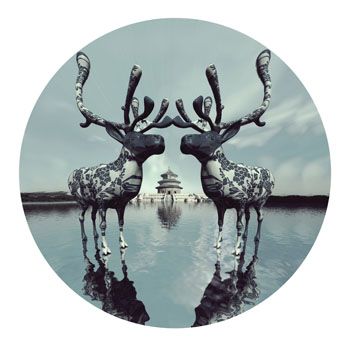
us-01 (Elks), C-Print, 2006, 100x100cm / 80x80cm



